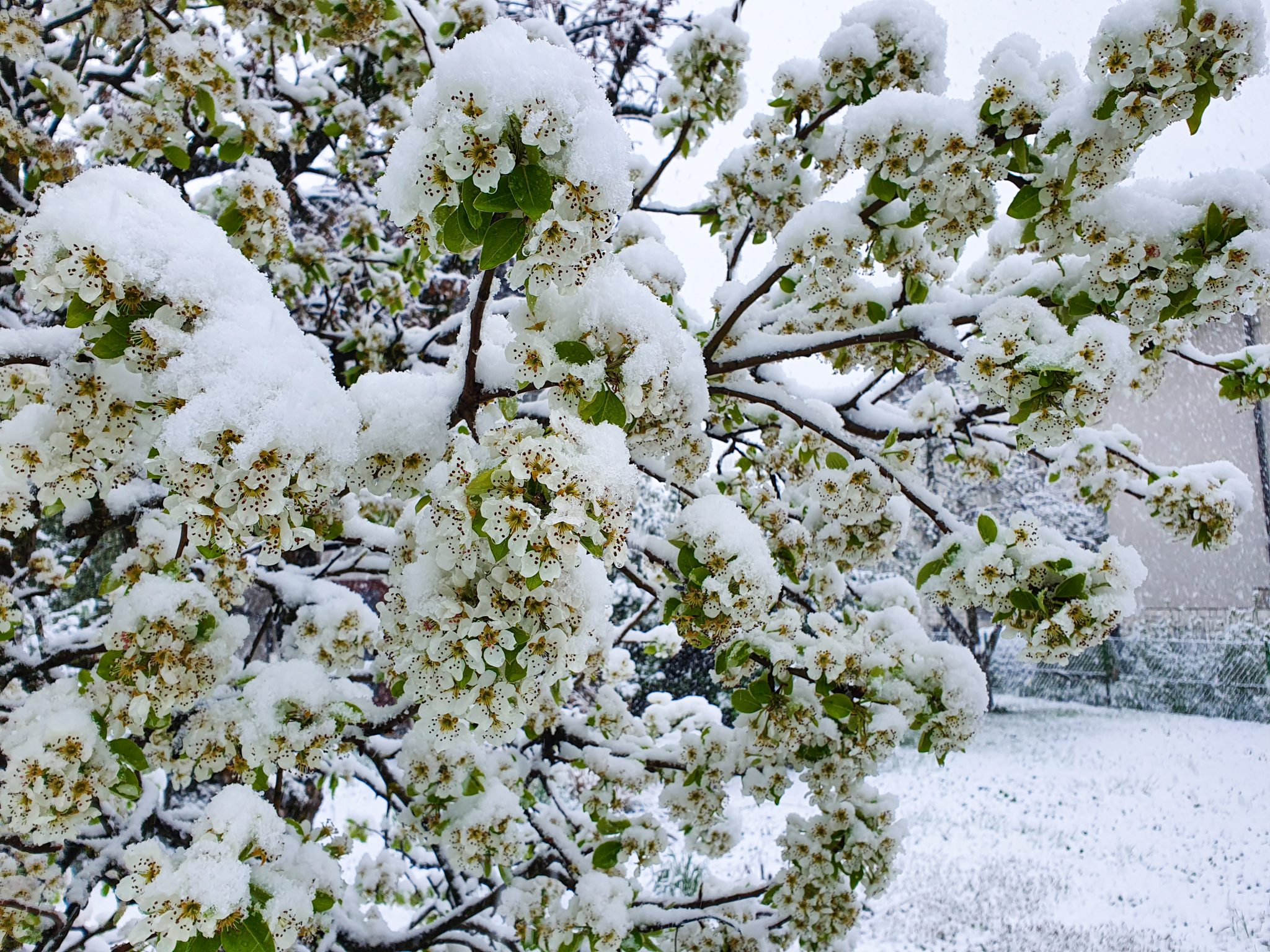This is Texas.
We’re accustomed to dealing with an occasional hailstorm.
The Houston area and our southeast coast have both shown incredible resilience in the face of multiple hurricanes. Dallas and the northern areas of the state have faced their fair share of tornadoes, winds and severe weather.
However, it’s fair to say that very few of us were prepared for the reality of a statewide winter storm, power outages and freezes. And neither were our gardens and plants.
Across the state, our greenery has withered on the vine. Agave leaves are a drooping disaster. Mountain laurel, xylosmas and other trees and shrubs that generally grow hardily in Texas have turned brown or have shed their leaves copiously.
When you’re running a business and investing in landscaping, you want to ensure your outdoor spaces look inviting and welcoming. It’s not ideal for your clients to form an impression of you based on the shriveled cacti and forlorn hibiscus they pass when walking into your building.
You need to get your space back to a presentable state while also ensuring that:
- You’re saving and protecting as many of your existing plants as possible
- You’re disposing of your green waste in the most responsible manner
- You’re in good shape for the next weather disaster
Here’s how to get started:
1. Figure out which plants survived and which ones need to go.
Some of your plants may look dead but still have some life in them. They may just require additional pruning and cutting to get them in a condition that allows them to efficiently absorb nutrients and grow again.
For non-woody perennials that were damaged: cut them back or cut out damage to create a tidy, cared-for look.
For woody shrubs with brown foliage: determine whether you think the plant will re-leaf. If new shoots have begun to form by mid-April, you can allow them to grow and can prune away excess brown leaves/branches.
For palms and tropical species: most tropical garden varietals like hibiscus will not have survived the winter chill. Tropical palms will also most likely struggle to recover.
Sago palms, on the other hand, tend to be hardier and better able to survive the wintry weather. If you cut them back close to the ground, they may be able to recover, although it may take until early summer for them to re-leaf.
2. Give your plants a little love.
When your plants have undergone a shock like a winter storm, the best thing you can do is give them a little extra attention. That might mean composting them or giving them some additional fertilizer – think of it as their morning cup of coffee and the perfect dose to get them growing again.
Adding compost to soil is generally best done in both the spring and fall. And, after a big winter storm, composting can also help to give your plants a much-needed boost and get them growing well.
If you choose to compost during the spring, it is best to use a pre-processed compost instead of your own food waste blend. You can calculate the amount of compost you need per cubic yard before you make your purchase, so you can ensure nothing gets wasted.
3. Dispose of your green waste responsibly.
When plant matter and soil are disposed of with other standard household or business waste, they can end up in the landfill. This addition of organic matter to landfill spaces has a negative impact on the environment and instead should be composted with other green waste materials including grass clippings, vegetable waste, fruit scraps, and coffee grounds.
4. Plan for new growth that will be sustainable and well-suited for the local environment.
According to local gardening experts, this post-storm cleanup will give you a chance to assess which types of plants are hardy enough to withstand the elements or which might not have been working quite so well in your landscaping space, allowing you to adjust accordingly.
After you’ve removed the shriveled plants, mush and leaves from your landscaping, take some time to survey the site.
How does it look? Do you have large gaps in your landscaping? Do you have plants that look like they’re still alive but just barely hanging on?
You may feel tempted to just root everything up and start over, but if you can give your existing plants time to grow back to full strength, try to do it. They already have established root systems that will help them grow into their full size faster than a new planting would.
When you can save them from being turned into waste, that’s also better for the environment. If you’re concerned about the aesthetics of your storefront while you wait for plants to grow in, you may consider planting annuals that will bloom and camouflage the space.
Springtime is always an opportunity for growth, change and revitalization. Winter storms have just given us a more visible opportunity to assess the way we’re incorporating nature into our world and the ways we’re taking care of the environment at the same time.



